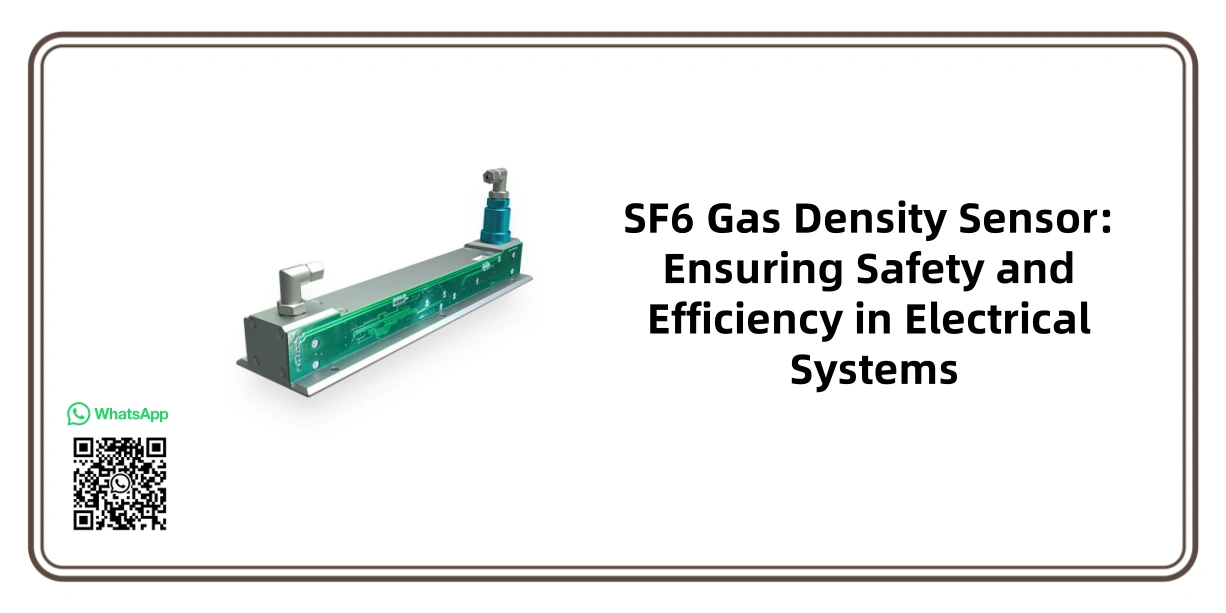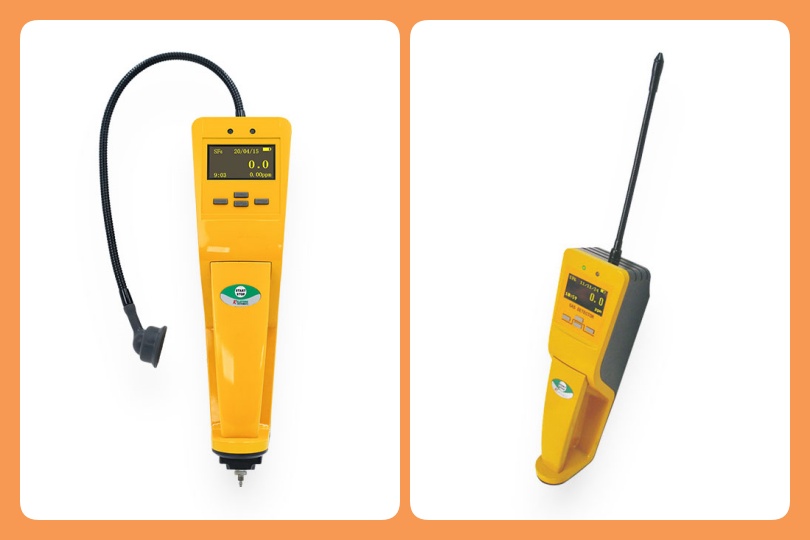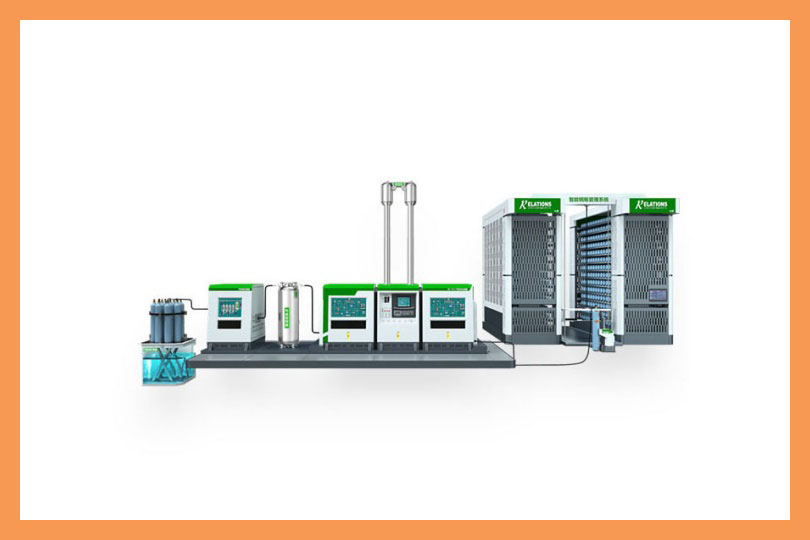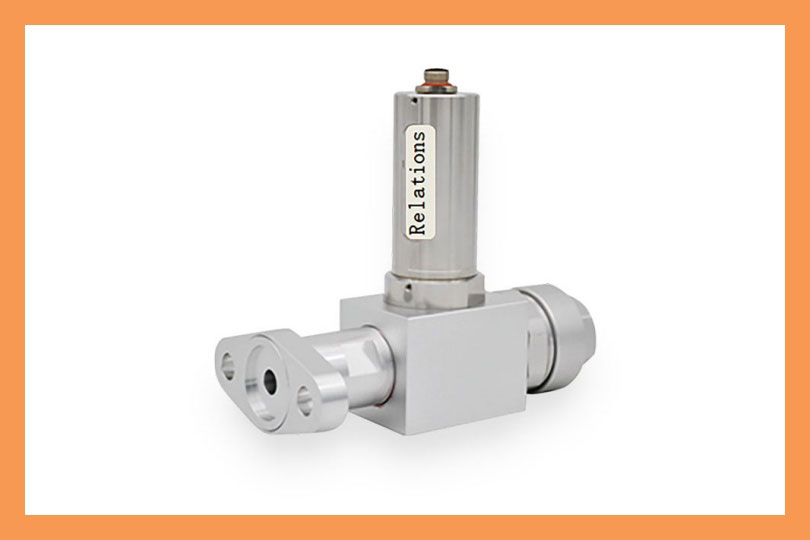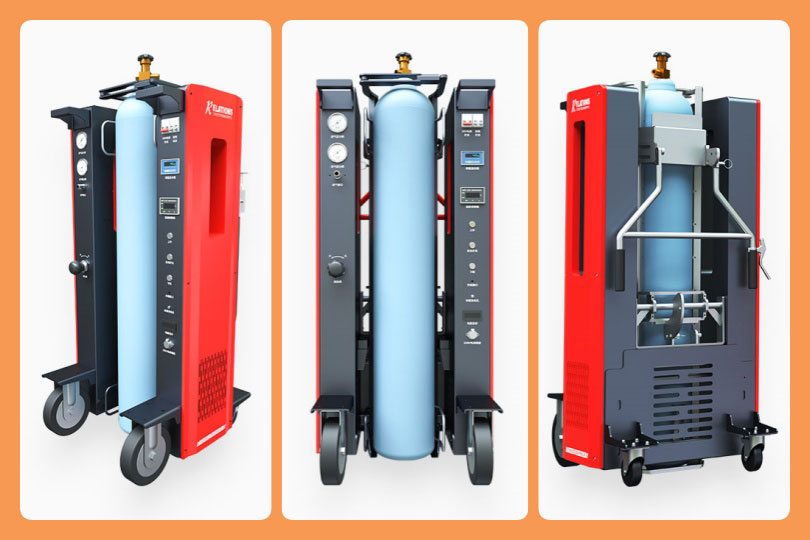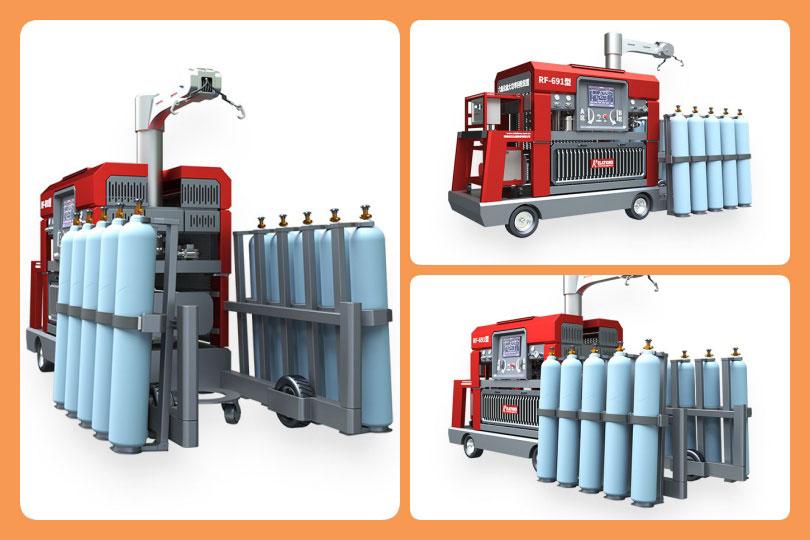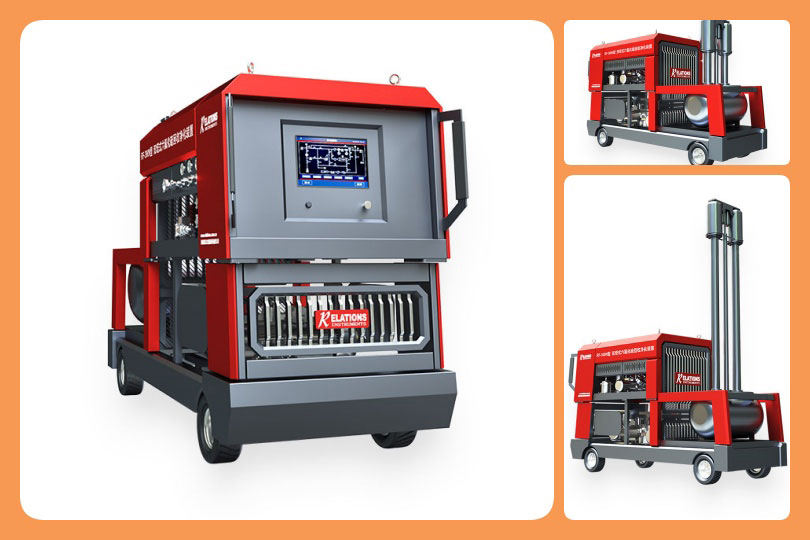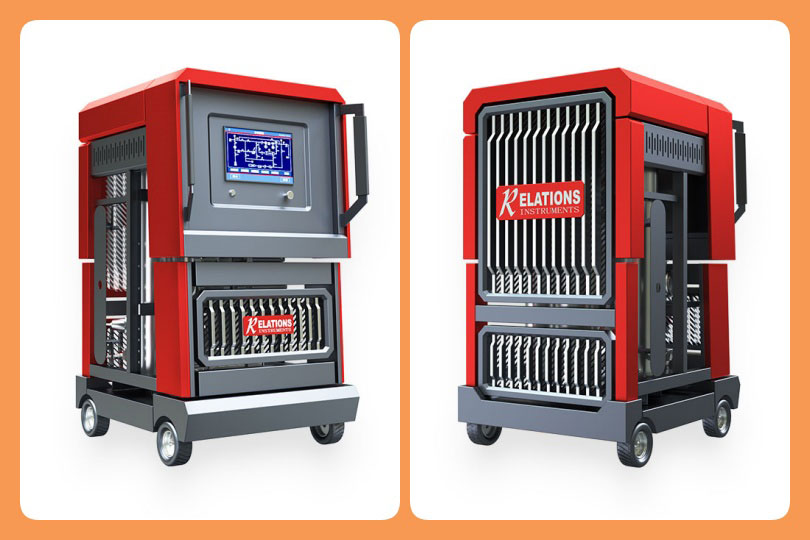SF6 Gas Density Sensor: Ensuring Safety and Efficiency in Electrical Systems
Date
2025-06-19
[email protected]
Website
www.sf6gasdetector.com
Get Solutions And Quotes
SF6 Gas Density Sensor: Ensuring Safety and Efficiency in Electrical Systems
In the realm of modern electrical power systems, safety and efficiency are of utmost importance. One crucial component that plays a significant role in maintaining these aspects is the SF6 gas density sensor. This article delves into the functionality, importance, and applications of SF6 gas density sensors, shedding light on their significance in ensuring the smooth operation of electrical equipment.
Understanding SF6 Gas
SF6, or sulfur hexafluoride, is a colorless, odorless, and non – flammable gas that is widely used in high – voltage electrical equipment. Its excellent insulating and arc – quenching properties make it an ideal choice for applications such as gas – insulated switchgear (GIS), circuit breakers, and transformers. However, the proper functioning of this equipment depends on maintaining the correct density of SF6 gas.
How SF6 Gas Density Sensors Work
SF6 gas density sensors are designed to monitor the density of SF6 gas within a sealed electrical system. They typically operate based on the principle of pressure measurement. Since the density of a gas is related to its pressure at a constant temperature, by measuring the pressure of the SF6 gas, the sensor can infer its density.
Most SF6 gas density sensors use high – precision pressure transducers. These transducers convert the pressure of the SF6 gas into an electrical signal, which is then processed and analyzed. Advanced sensors may also incorporate temperature compensation mechanisms. This is crucial because the pressure of SF6 gas can vary with temperature. By compensating for temperature changes, the sensor can provide a more accurate reading of the gas density, ensuring reliable monitoring even in fluctuating environmental conditions.
Importance of SF6 Gas Density Monitoring
Safety
A decrease in SF6 gas density can lead to a reduction in the insulating and arc – quenching capabilities of the electrical equipment. This increases the risk of electrical breakdowns, which can cause fires, explosions, and serious damage to the equipment. By continuously monitoring the gas density, SF6 gas density sensors can detect any leaks or abnormal pressure drops promptly. This allows for timely maintenance and repairs, preventing potential safety hazards.
Equipment Performance
Maintaining the optimal density of SF6 gas is essential for the efficient operation of electrical equipment. Deviations from the recommended density can result in reduced performance, increased energy consumption, and shorter equipment lifespan. SF6 gas density sensors help in ensuring that the equipment operates within the specified parameters, maximizing its performance and reliability.
Applications of SF6 Gas Density Sensors
Power Generation
In power plants, SF6 – insulated switchgear and circuit breakers are used to control and protect the electrical distribution systems. SF6 gas density sensors are installed in these components to monitor the gas density. This ensures the safe and reliable operation of the power generation equipment, preventing any disruptions in the power supply.
Transmission and Distribution
High – voltage transmission and distribution lines rely on SF6 – filled equipment to efficiently transfer electricity over long distances. SF6 gas density sensors play a vital role in these systems by monitoring the gas density in GIS and other related equipment. They help in maintaining the integrity of the electrical network, minimizing the risk of power outages due to equipment failures.
Industrial Settings
Many industrial facilities use large – scale electrical equipment that operates on SF6 gas. SF6 gas density sensors are used in these settings to safeguard the equipment and ensure continuous production. By providing early warnings of any gas density issues, they help in preventing costly downtime and production losses.
Technological Advancements in SF6 Gas Density Sensors
With the advancements in technology, SF6 gas density sensors are becoming more accurate, reliable, and intelligent. Modern sensors are equipped with advanced features such as digital communication interfaces, which allow for easy integration with monitoring and control systems. They can also be connected to the Internet of Things (IoT), enabling remote monitoring and real – time data analysis.
Some sensors now use micro – electromechanical systems (MEMS) technology, which offers higher sensitivity and smaller form factors. This not only improves the performance of the sensors but also allows for more compact and cost – effective designs. Additionally, research is ongoing to develop more environmentally friendly alternatives to SF6 gas, and SF6 gas density sensors will play a role in ensuring the proper functioning of equipment using these new gases as well.
In conclusion, SF6 gas density sensors are an indispensable part of modern electrical systems. Their ability to accurately monitor the density of SF6 gas is crucial for ensuring the safety, efficiency, and reliability of electrical equipment. As technology continues to evolve, these sensors will only become more sophisticated, further enhancing their role in maintaining the integrity of our electrical infrastructure.
Related Equipment
RSS-SF6-100 Pipeline Infrared SF6 Gas Detector Sensor
| Category | Details |
|---|---|
| Product Model | RSS-SF6-100 |
| Product Name | Pipeline-type Infrared Sulfur Hexafluoride Sensor |
| Detected Gas | SF₆ |
| Device Measurement Range | (0~100)μL/L, (0~1000)μL/L |
| Preheating Time | Less than 2 minutes (preheating time) |
| Linear Error | ±1% F.S |
